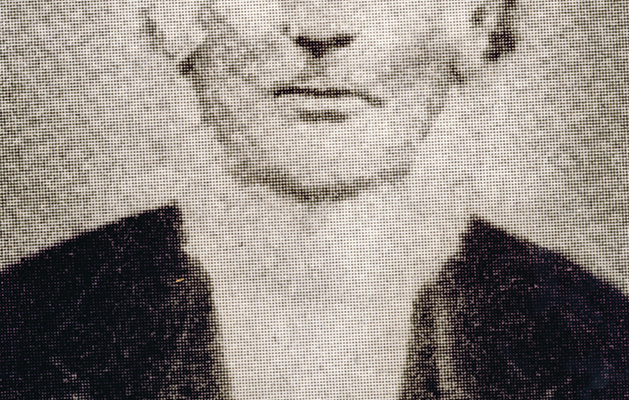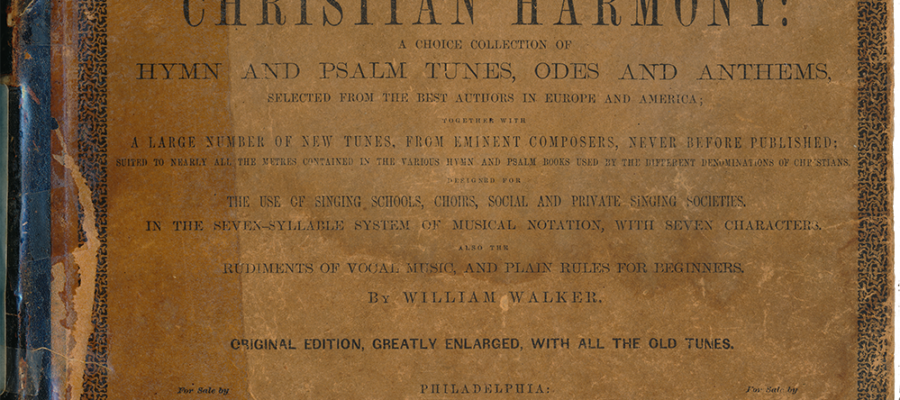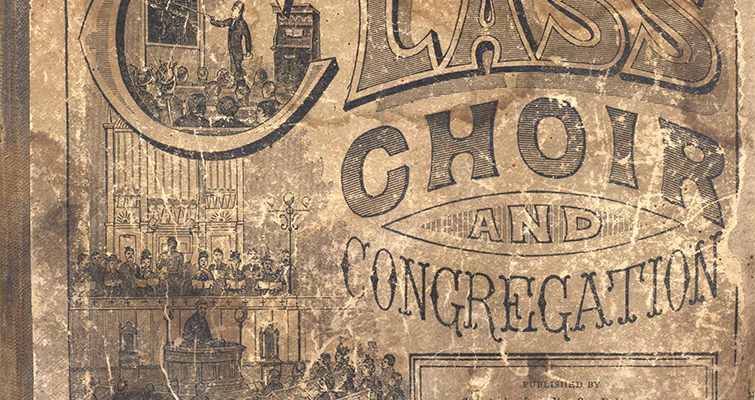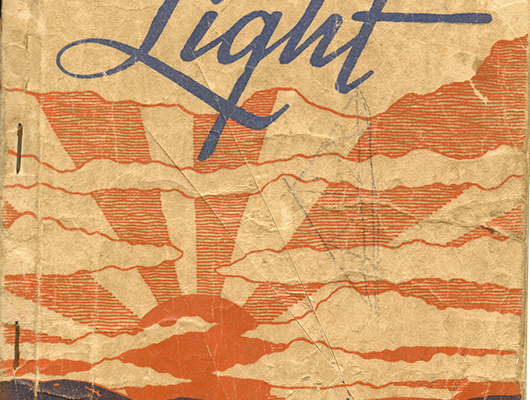Four Shape Songbooks and the Sacred Harp
Beginning in the mid 19th century, a wide variety of songbooks were published in and around the West Georgia region. These books, from the Sacred Harp to the seven-shape, soft-cover convention songbooks, influenced the way singers in the area performed their music, and they became part of the traditions carried








